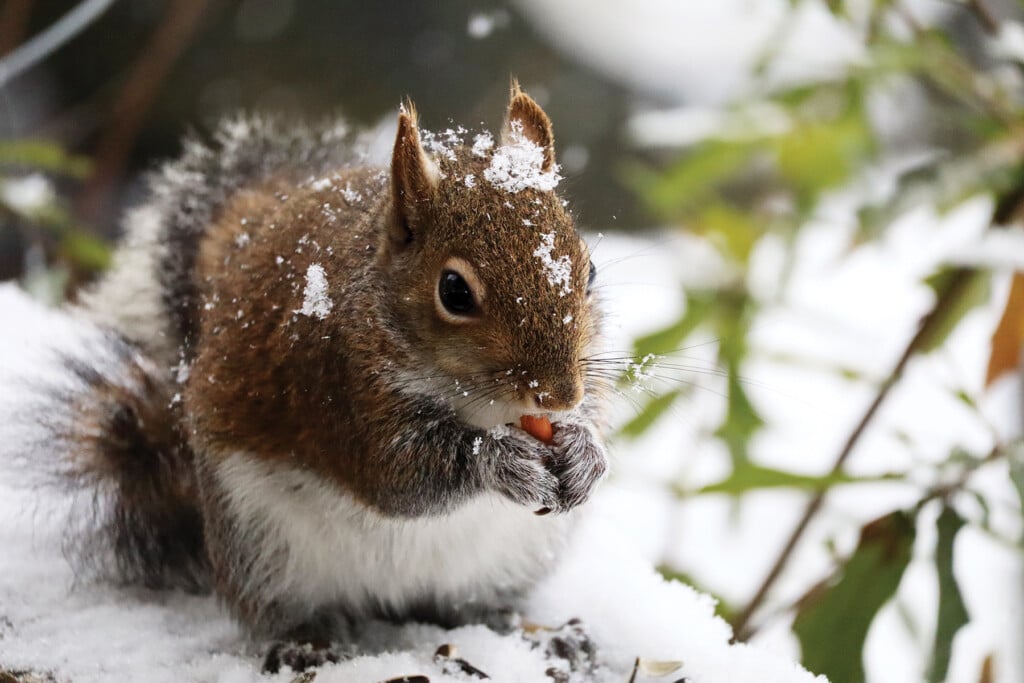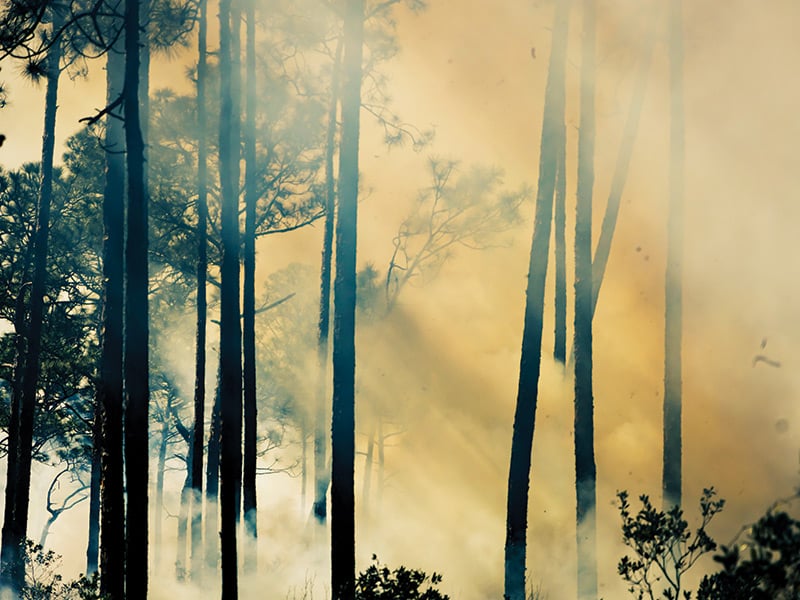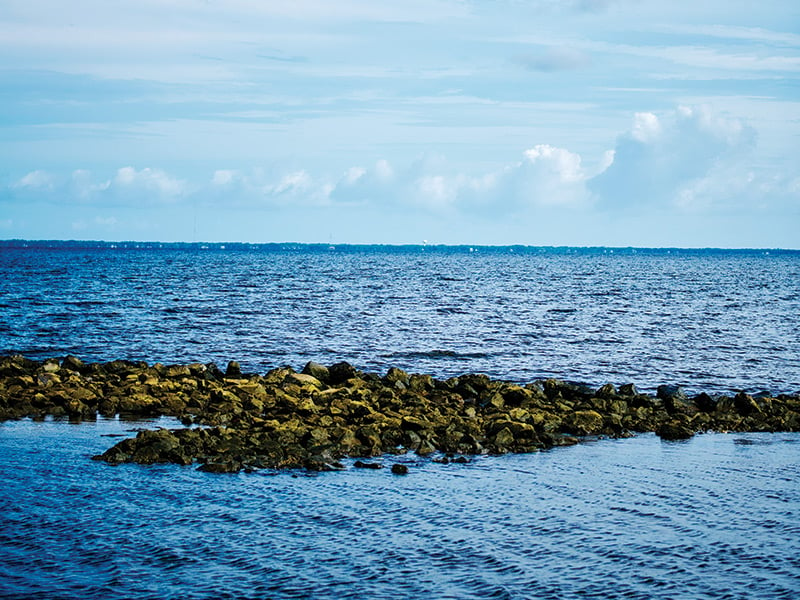Grass Invader
Doveweed hides out in lush lawns

Doveweed (Murdannia nudiflora) is an exotic, invasive annual weed species and a member of the dayflower family (Commelinaceae).
This weed has become a significant problem over the last decade, especially in residential lawns. Doveweed rapidly overcomes warm-season grass species, and few herbicides are capable of effectively controlling it.
It blends well with popular turfgrass species, so identifying doveweed in small infestations is difficult for most people. This plant has a leaf width similar to St. Augustine grass and centipede grass, both popular lawn selections.
Doveweed’s leaves are thick with a shiny, rubbery texture. They are attached to low-growing, creeping stems which are capable of producing roots from each node or joint.
This characteristic allows doveweed to be propagated from stem sections broken or torn off of viable plants. Mowers may inadvertently spread stem pieces that become lodged in the equipment.
Unlike St. Augustine grass and centipede grass, doveweed has small, but easily seen flowers. This species’s bloom has three purple — occasionally blue — petals that starkly contrast to the green leaves.
Blossoms produce a spherical-shaped fruit, usually holding three seeds which are dispersed by moving water, birds and lawn maintenance equipment. Doveweed seeds germinate in spring when soil temperatures reach 65 F to 70 F. After sprouting, growth will slow if temperatures fall below 70 F.
Doveweed grows aggressively in wet areas. Drainage issues or overwatering will favor the environment and advance this pest’s hold on territory. Excessively damp conditions also limit turfgrass growth, creating the perfect conditions for doveweed displacement.
It is rare to eliminate a doveweed problem in a single year, especially when the population is well established and plant numbers are high. Doveweed seeds can survive in the soil for several years making its removal at least a two- to three-year effort.

Photos by istock / getty images: Hemera Technologies (butterfly), _Vilor (morning glory)
Cloudless Sulphur Migration
A butterfly common to Emerald Coast landscapes is currently migrating. The cloudless sulphur (Phoebis sennae) is one of the most common native butterflies and is particularly prominent during its autumn migration south.
Cloudless sulphurs can be seen well under their 10-foot migration-altitude ceiling. Fluttering closer to the ground, it is easier for them to identify the autumn blooms which contain nectar, their high-carbohydrate meal of choice.
Red flowers seem to be the preferred bloom for these late-season travelers. They frequently dine on the nectar of red morning glories, scarlet creeper, cypress vine and scarlet sage.
At night and on dark, cloudy days, adult cloudless sulphurs roost alone on leaves — they are very particular about which leaf they choose to settle on.
When preparing to roost, an adult makes an erratic flight around a potential tree or shrub, stopping briefly at times, then flying about some more and typically coming to rest on clusters of reddish or yellow leaves.
Although the adults are brightly colored and easy to see when flying, they disappear quickly against similarly colored leaves in the shade. The roost site is commonly low to the ground in shrubs with lots of foliage.
Interested gardeners can cultivate native plants for roost sites that attract the cloudless sulphur butterflies. The best plants to host larvae are in the pea family with options including partridge pea (Chamaecrista fasciculata), sensitive partridge pea (Chamaecrista nictitans) and privet senna (Senna ligustrina).
Les Harrison is a retired University of Florida/Institute of Food and Agricultural Sciences Wakulla County extension director.

Photo by istock / getty images: asinment
Armadillos
In the first light of morning, residents of suburbia may awaken to random pockmarks in what had been the perfect lawn the previous evening. The usual offender is an armadillo, sometimes called a “Florida speed bump” or a “possum on the half shell.” Armadillos eat adult insects and larvae. They incessantly dig holes in lawns and landscapes in their search for food, many times uprooting entire plants. Their holes are approximately 1 to 3 inches deep and 3 to 5 inches wide. While not a guarantee, using insecticides to decrease the armadillo food supply may help reduce the digging. In cases where there is a large — and always ravenous — armadillo population, this reduction of food may increase digging activity as they search more diligently for a smaller food supply. In extreme cases, when trapping becomes necessary, there are techniques designed to capture them as they emerge from their burrows. These traps should be applied late in the afternoon and checked several hours after dark.


